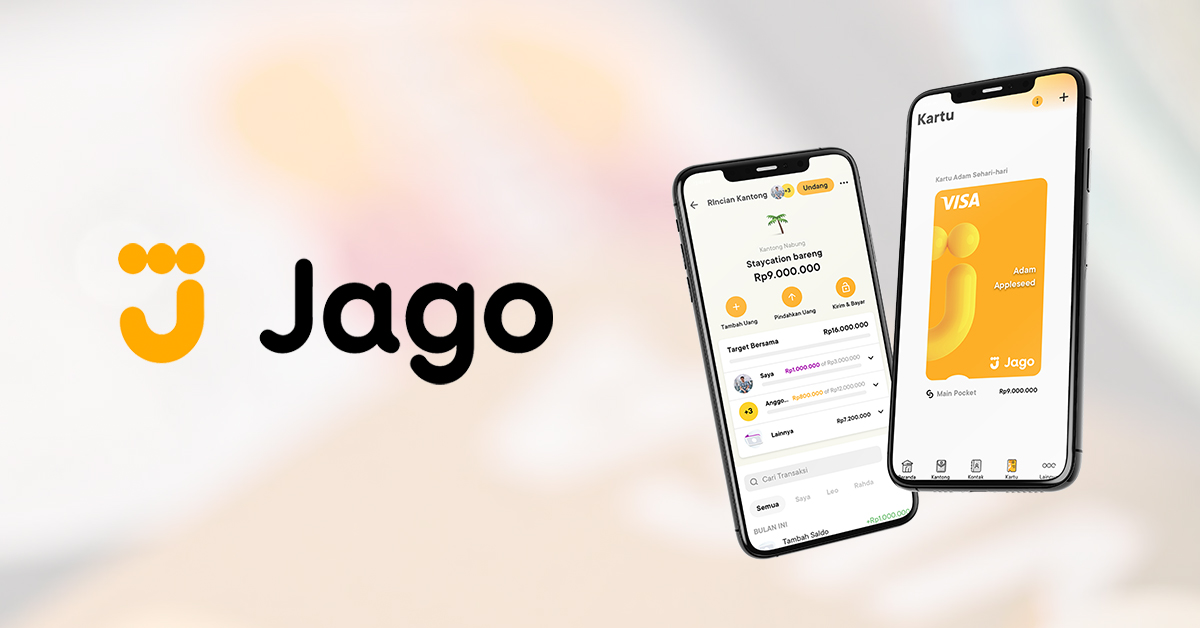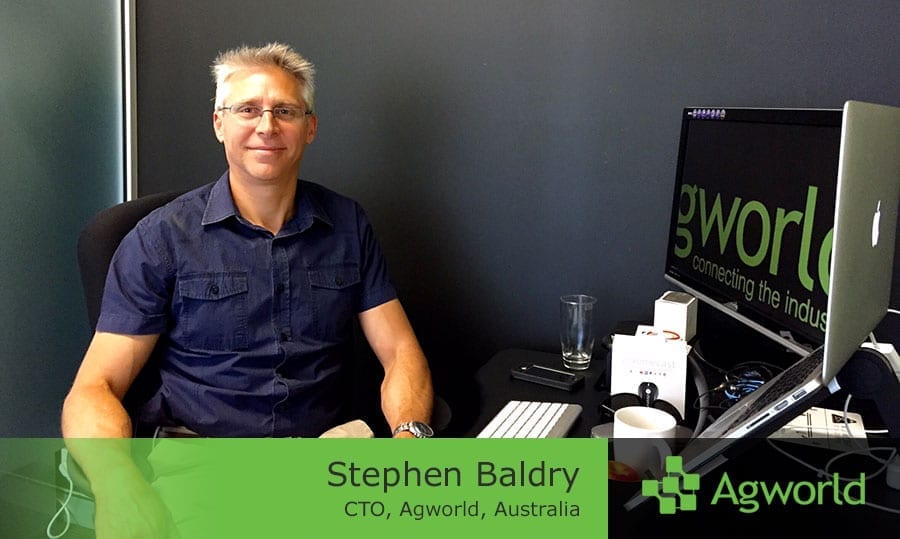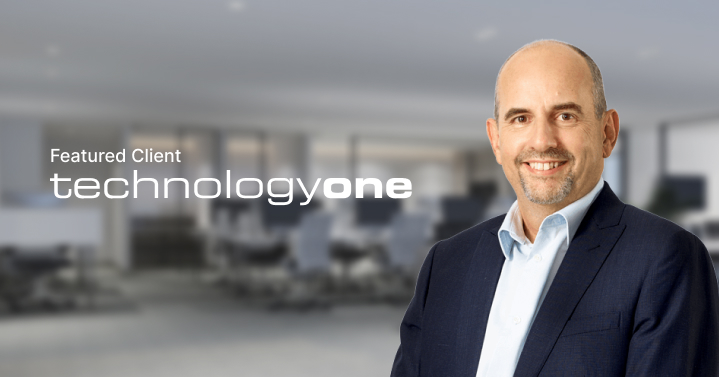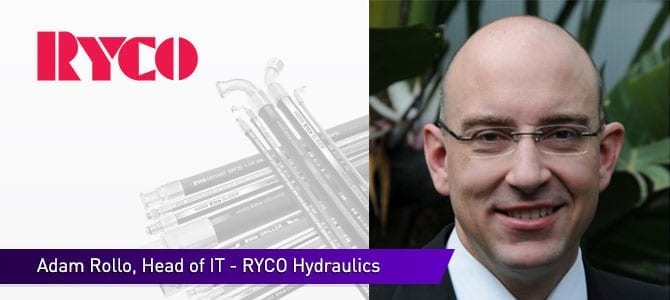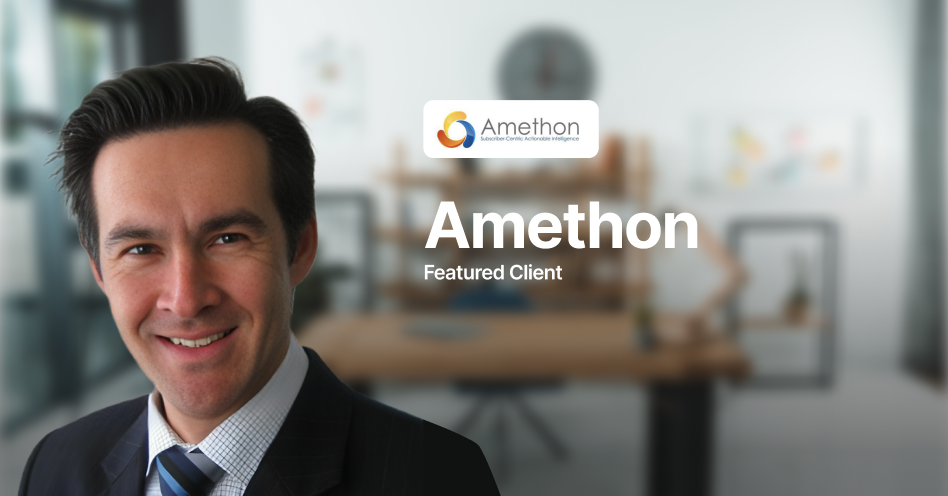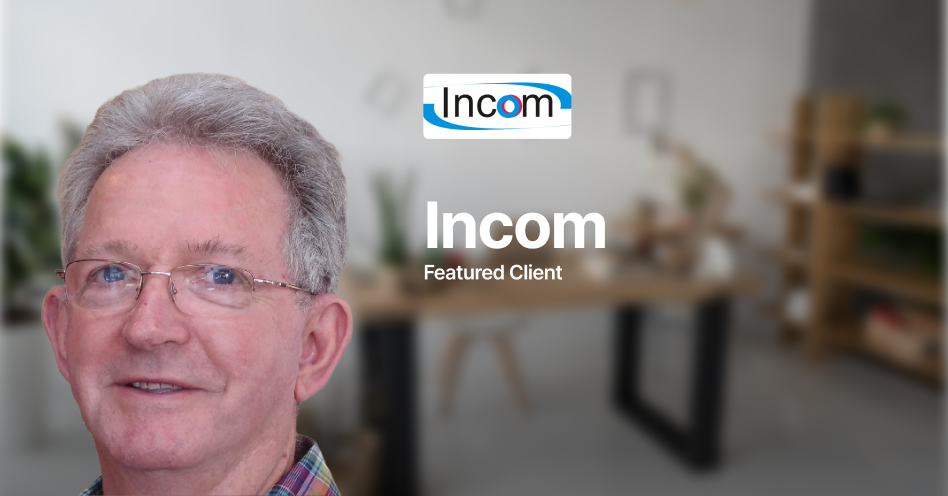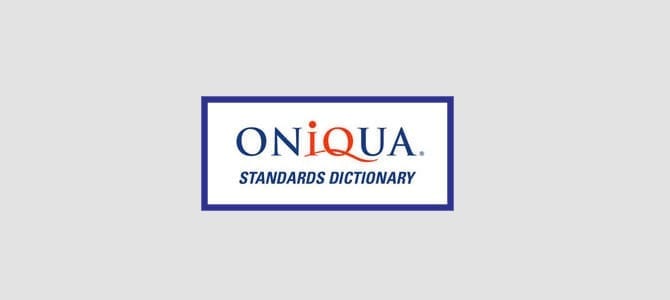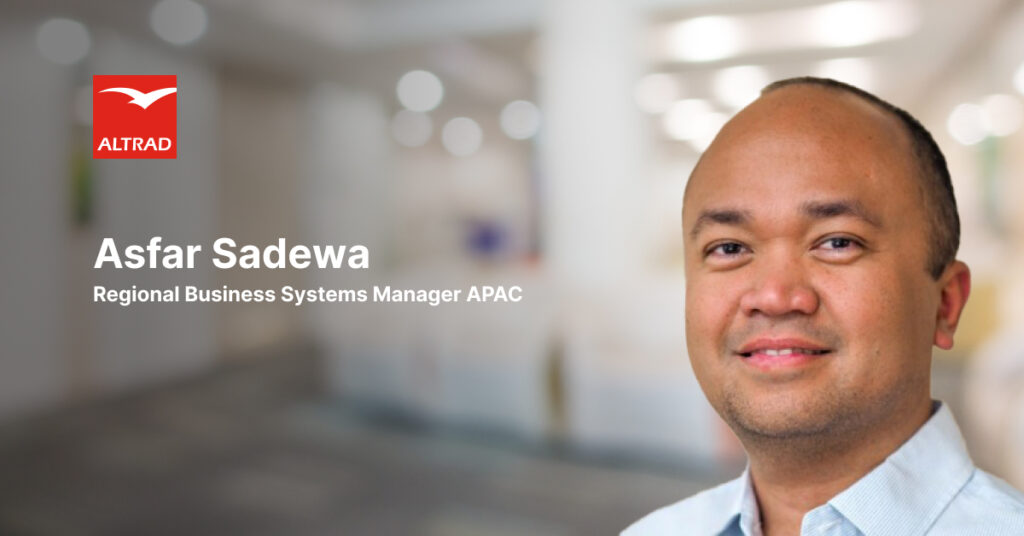“Mitrais did a good job for the CAC Olive web application, using Agile methodology. We worked together with their 20 professional and skilled software engineers for more than a year to finish this project. Despite the language and time zone differences, we appreciate their effort to get the project done. We enjoyed working with them and look forward to another project collaboration in the future.”
Royko Seino,
Manager CAC Corp – Olive Web, Japan
Since becoming a member of the CAC Holdings Group family a few years ago, Mitrais’ successful track record with complex software development was something everyone sought to leverage. Of particular interest was Mitrais’ specialist skills in Agile (specifically SCRUM-based) development methodologies. It was hoped that CAC teams could be exposed to SCRUM working in conjunction with experienced Mitrais team members. It was in this environment that the Olive Project was selected as an ideal candidate development.
The Background
CAC Olive was envisaged as a web application designed to facilitate executive schedule management supporting the administration office and making it possible to streamline, centralise and standardise their work. Encompassing a full-featured scheduling system, Olive would also manage customer information, event and gift management, visitor management and hospitality functions. Olive needed to support major PC browsers, as well as iPhone/iPad and Android clients. CAC’s person in charge for Project Olive is Seino-san, General Industry Solution Dept. II and Junior Service Producer.
The Challenge
Undertaking a complex project like Olive was not without it’s challenges. As Seino- san said, “Due to the complexity and large number of functions, we thought that specification consistency and quality assurance would be a challenge. Also, since we were new to Agile development, we thought that the difference in methodology and awareness from waterfall would also be a challenge”. Another potential complexity was that of language and communications. Being a “hybrid” team comprising native Japanese speakers and Bahasa Indonesia/English speakers meant that clear and effective communications would be of utmost importance, especially so since the Agile methodology was not a familiar one to some team members. “Of course, technical capabilities are important. However, since the system would be linking multiple functions, we knew that collaboration would be important” Seino-san said. All of this was to be achieved bridging 3 time-zones (Tokyo, Jakarta and Bali) and against the backdrop of the COVID-19 pandemic that was such an issue when the project started in February 2021.
The Solution
The technology stack selected for Project Olive reflected best practice for this type of complex web application, including NodeJS for the back-end, and ReactJS for the front-end. SQL Server was identified as the database of choice, with Jenkins (DevOps) and Sonarqube/Jmeter as quality systems.
Given the scope of Project Olive, it was decided to establish 2 SCRUM teams (totalling 21 developers) comprising full-stack, front-end and back-end developers, and dedicated Quality Assurance staff from both organisations. The teams would schedule alternating Sprints to maximise project velocity, but this meant that Sprint planning and management was critically important. To support such an ambitious schedule, the teams were overseen by Product Owners from CAC, and a team of Senior Manager, SCRUM Master, Technical Evangelist and UI\UX Designer from Mitrais.
From the start, concerns about the effective specification of Project Olive were addressed. Seino-san was pleased with the team’s approach. “They solved the problem by gathering information to the representative members. They also pointed out inconsistencies and omissions in the specifications that we had missed, which helped us to prevent problems in advance” she said. “We are grateful that the team was brought together by an experienced Senior Manager.”
The CAC/Mitrais team also brought with it other key benefits. “The ability to respond to development in a flexible manner. Since we were not used to agile development, the project sometimes proceeded a little like waterfall. However, we were able to finish the development with the precise advice from Mitrais” Seino-san said.
So how does Seino-san view the team’s performance in retrospect? “The speed at which the sprint progresses within a short cycle is something we hope to utilise in the future” she says.
“Given the success of the Olive Project, we would love to work together (with Mitrais) in the future if the opportunity arises”.

